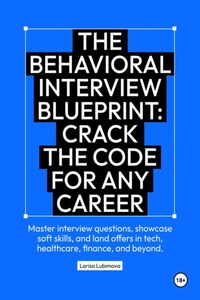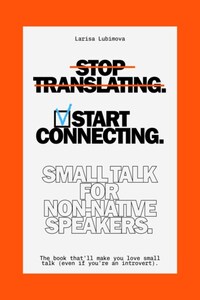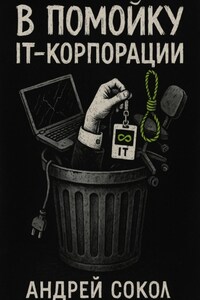Alright, imagine you’re at a party. Someone asks, “Tell me about a time you saved the day at work.” You freeze. Do you:
A) Panic and mention that one time you restarted the office coffee machine.
B) Launch into a dramatic saga about battling a printer that ate your TPS reports.
C) Nail it with a story that makes you sound like the office superhero.
If you picked C, congrats – you’ve just aced the core of behavioral interviews. But here’s the kicker: every profession has its own “flavor” of superhero story. Let’s unpack this.
The 3 Universal Rules of Behavioral Interviews
1. “Show, Don’t Tell” (But with Data):
Bad: “I’m a great leader.”
Good: “When my team missed a deadline, I redistributed tasks based on strengths, and we delivered 2 days early.”
Why it works: You’re not just claiming skills – you’re proving them.
2. STAR Method: Your Story’s GPS
Situation:“Our hospital’s ER was understaffed during a flu outbreak.”
Task:“I had to triage patients faster without compromising care.”
Action:“I created a color-coded priority system and trained volunteers.”
Result:“Wait times dropped by 40%, and zero critical cases were missed.”
Pro Tip: Lawyers, engineers, and nurses all use STAR – they just swap “ER” for “courtroom” or “construction site.”
3. Read the Room (aka “Know Your Audience”):
Doctors: Focus on ethical decisions and crisis management.
IT Folks: Highlight problem-solving and collaboration (yes, even introverts need teamwork stories).
Flight Attendants: Emphasize conflict resolution and calm under pressure (like that time you soothed a toddler mid-tantrum at 30,000 feet).
How Professions Add Their Own Spice
1. Doctors & Nurses:
They want: Stories where you balance empathy with protocol.
Example:“A patient refused life-saving surgery. I listened to their fears, brought in a survivor to share their experience, and they consented.”
Trap to avoid: Sounding like Dr. H (“I ignored the family’s wishes because I’m always right”).
2. Engineers & IT Pros:
They want: Tales of technical fires you put out… without burning down the office.
Example:“Our server crashed during a product launch. I led a team to roll back updates, then debugged live – customers never noticed.”
Trap to avoid: Channeling Elliot from Mr. Robot (“I hacked the backup system… for fun”).
3. Hospitality & Flight Crews:
They want: Proof you can turn Karens into loyal customers.
Example:“A guest blamed me for rain ruining their pool day. I comped a spa day and joked, ‘Even the weather’s jealous of your vacation!’”
Trap to avoid: Pulling a Grand Budapest Hotel move (“I smuggled a priceless painting to appease them”).
4. Lawyers & Managers:
They want: Stories where you negotiated, persuaded, or inspired – without bribing jurors.
Example (Lawyer):“I turned a hostile witness into a cooperative one by finding common ground – we both hated the courtroom’s terrible coffee.”
Trap to avoid: Channeling Saul Loodman (“I may have… creatively interpreted the evidence”).
The Secret Sauce: Adapt Your Story to Their “Why”
Every job has a hidden “core question”:
Doctors:“Can you make tough calls without losing humanity?”
Engineers:“Can you fix disasters without blaming others?”
Flight Attendants:“Can you keep everyone alive and semi-happy while trapped in a metal tube?”
Pro move: Research the company’s values. A hospital might value “patient-centered care,” while a startup wants “scrappy problem-solving.” Twist your story to match.
Final Thought:
Behavioral interviews are like first dates. You’re not just listing your hobbies – you’re proving you’re the one who can handle their chaos. So prep your stories, know their “love language,” and for God’s sake, avoid mentioning the llama incident.
















